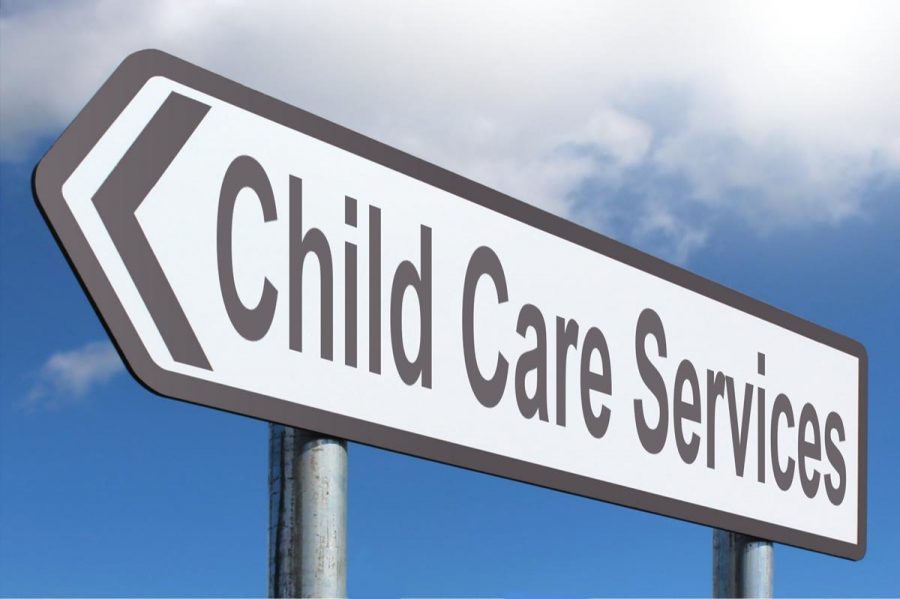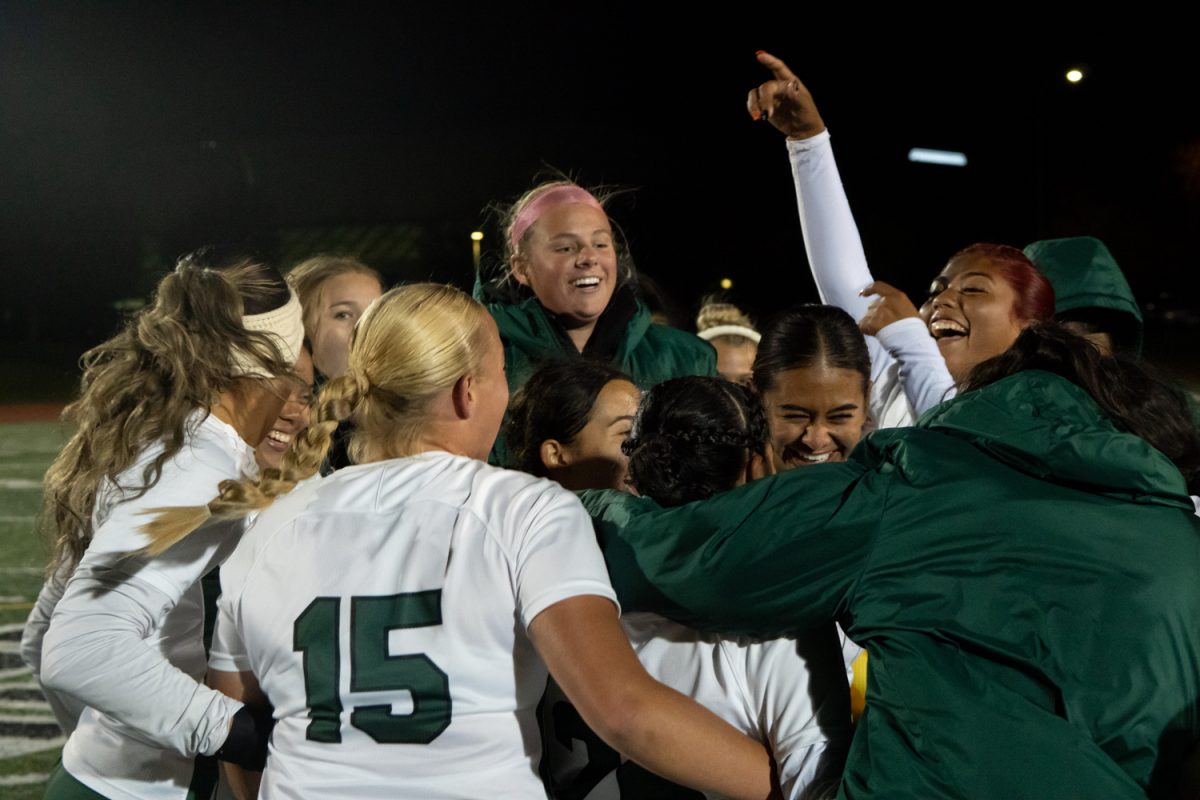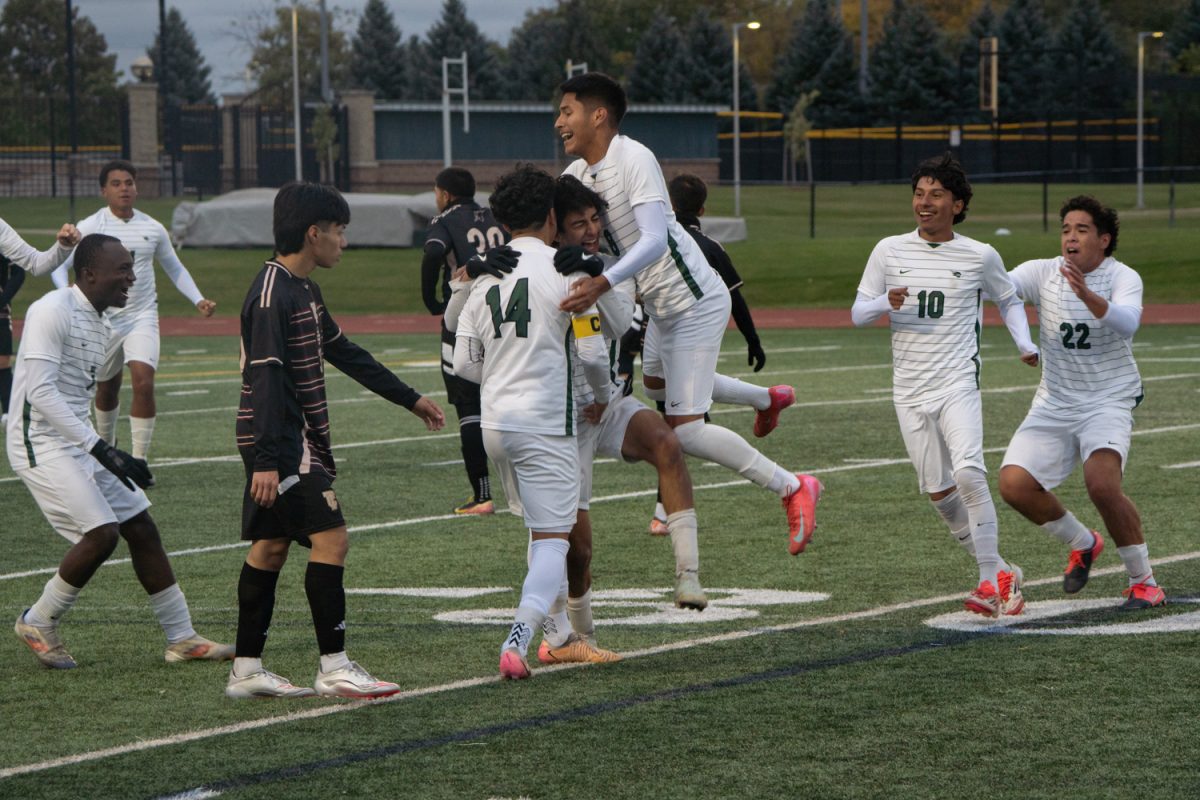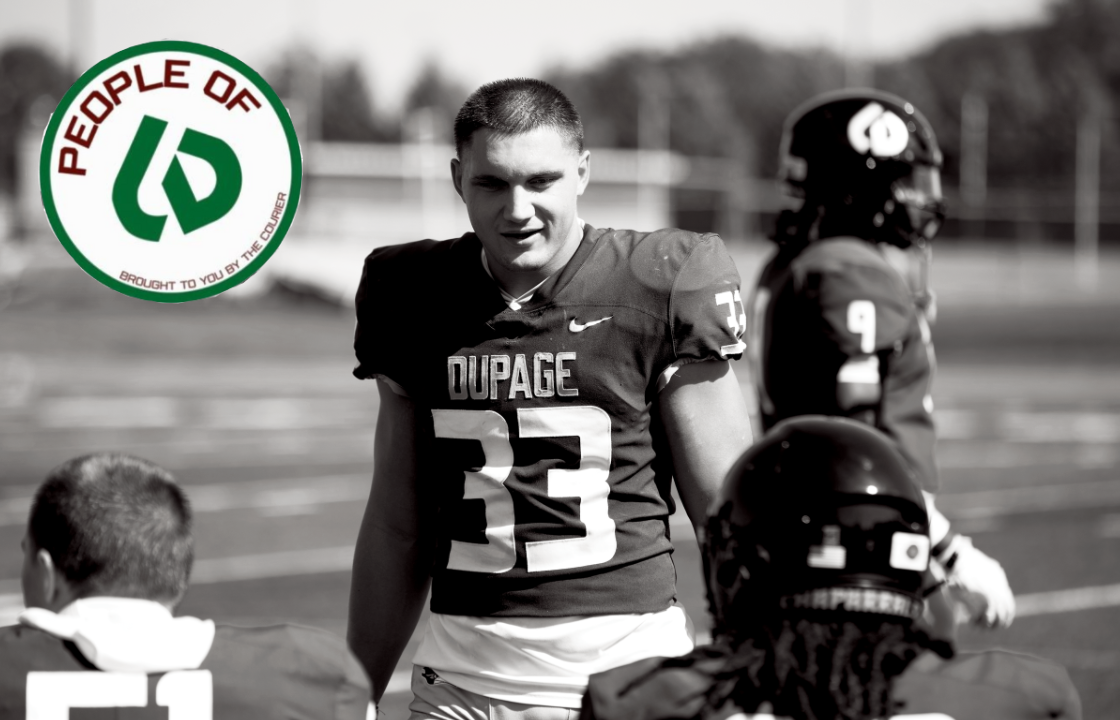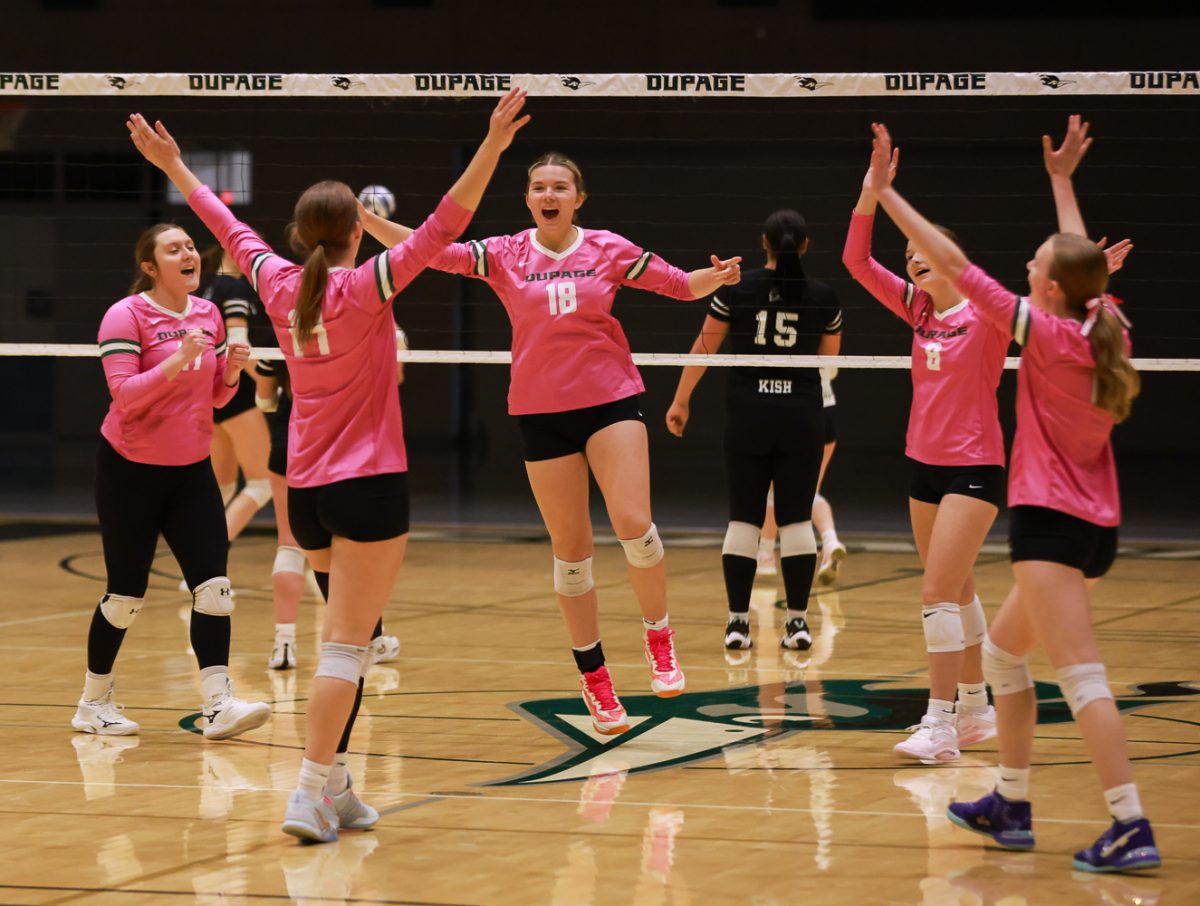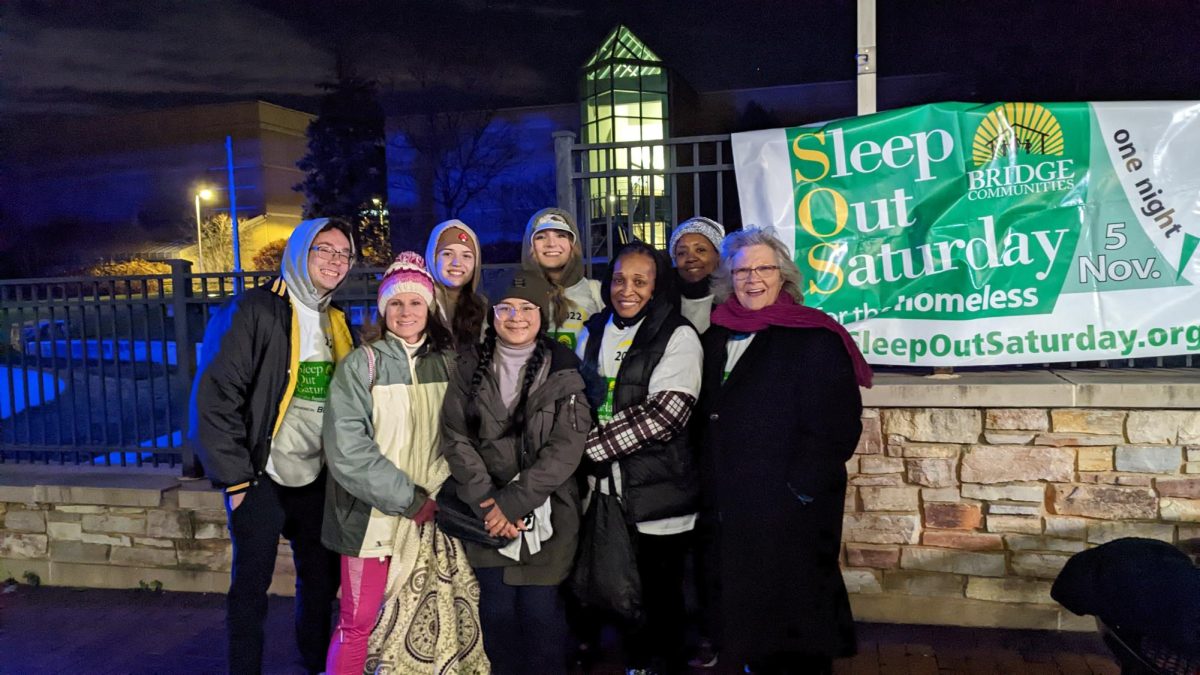lllinois weighs how to rebuild child care program so college students can attend school
June 18, 2019
One of the tasks facing Gov. J.B. Pritzker is how to rebuild a state program that helps pay for child care so that low-income parents and college students can work or attend school.
The program saw a dramatic drop in the number of participating children and providers under the administration of Pritzker’s predecessor, Gov. Bruce Rauner. On Monday, an influential council of early learning policymakers got a glimpse of how the new governor’s team plans to build it back.
Illinois’ efforts will be watched, since the child care assistance program supports a fragile segment of families that early education sometimes fails to reach: Those who earn too much for Head Start or other free public programs, but who can’t afford the full cost of quality care.
These families often live on a precarious margin, with their children staying with aging relatives or neighbors, or in the care of siblings, or sometimes alone, while their parents work. Or, a parent quits a much-needed job and stays home, plunging the family back into poverty.
Even though the program has winnowed, Pritzker this spring pledged an extra $28.8 million for it in his first budget, a 7% boost over the current year.
The move is intended to help recruit more families and also stabilize a workforce that experiences high churn.
As detailed by Nakisha Hobbs, who oversees the program through the Illinois Department of Human Services, Illinois is raising the income eligibility so more families qualify. It has raised compensation levels for providers, and it will also use some $2 million of the money to double a scholarships program that encourages caregivers to pursue additional credentialing or coursework.
She told the state’s Early Learning Council on Monday that her department will start setting limits on how much families pay in co-pays (which are determined by household income, so that families that earn more, pay more). This next program year, families will pay no more than 9% of their income on care, with an eventual goal to cap that amount at 7%.
Illinois also plans to embark on a vast marketing campaign to woo more families — and, in some cases, lure back providers who dropped out.
“We’re going to expand our outreach efforts, working with larger employers, partnering with school districts and park districts to spread the word,” she said. And the state will streamline the application for families, even creating a smartphone-friendly option.
From 2015 to the fall of 2018, the child care assistance program lost one-third of participating children, to slightly more than 122,000 being served on a monthly basis. In a similar timeframe, it lost half of eligible providers, which can include family, friends, and neighbors of participating families.
The steep declines can be traced back, in part, to the state lowering income eligibility in 2015 to half of the federal poverty level, shutting out many working families. The Rauner administration ultimately reversed that decision, but by that time, thousands were gone.
To comply with federal law, Illinois also strengthened requirements for protocols that were supposed to raise the quality of care and increase safety measures. But it fumbled the communication, and some of the requirements were costly, many providers said. Thousands dropped out.
Hobbs said Monday that one of the goals of the marketing campaign to “change the image of the program.”
Dan Harris, who runs a state network of referral agencies responsible for credentialing and training, stressed the “need to rebuild trust” among both families and providers and said he was optimistic about the changes. The next step, he said, would be drawing a more clear line to the issue of workforce compensation.
“It’s often women of color who are doing this work, and the pay is low. It’s an example of these systems of structural racism that we’re working to address,” he said.
There are still many questions surrounding the child care assistance program: How to lure back providers is but one. What Illinois plans to do about the required health and safety trainings is another.
Early education leaders are also wrestling with how to improve the quality of state child care programs. Only about 20 percent of children who receive the subsidy for working families attend the highest-rated centers in the state, raising questions about the type of care the majority receive.
Rebuilding the state’s child care assistance program is but one of tasks in front of the state’s governor before he can pave a path to universal pre-K. Budget cuts and years of uncertainty have taken a toll on organizations that serve the state’s youngest learners. What’s more, in Illinois, as in many states, the early childhood system involves myriad agencies that use local, state, and federal dollars, which can make efforts fragmented.
The state’s learning council also heard Monday from Jesse Ruiz, the state’s deputy governor for education, that his boss plans to convene a statewide commission on the subject of streamlining early childhood funding later this summer.
Originally posted on Chalkbeat by Cassie Walker Burke on June 18, 2019
Chalkbeat is a nonprofit news site covering educational change in public schools.



